I flew on a unique 'fifth freedom' route from New York to Singapore via Germany here's what that means and why airlines do it
Taylor Rains

Singapore Airlines Airbus A380-800.SOPA Images/Contributor/Getty Images
- In 1944, the International Civil Aviation Organization established nine "freedom of the air" for airlines.
- These rights allow carriers to fly from one nation to another, with or without landing in a foreign territory.
Many passengers may be unaware of the universal "freedoms" of commercial air travel.
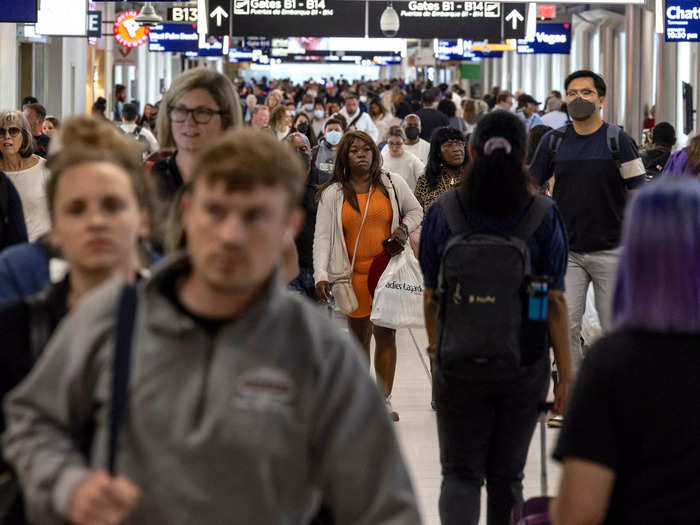
Hartsfield-Jackson Atlanta International Airport. Carlos Barria/Reuters
In 1944, the International Civil Aviation Organization, which sets standards for the global aviation industry, established rights for airlines of one country to fly to another.
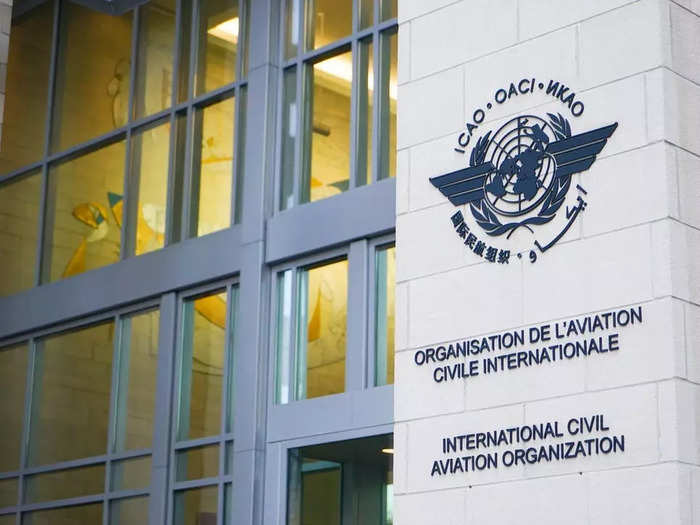
ICAO building in Montreal, Canada. Inspired By Maps/Shutterstock
Source: ICAO
These privileges are the building blocks of international connectivity and make travel across borders possible.
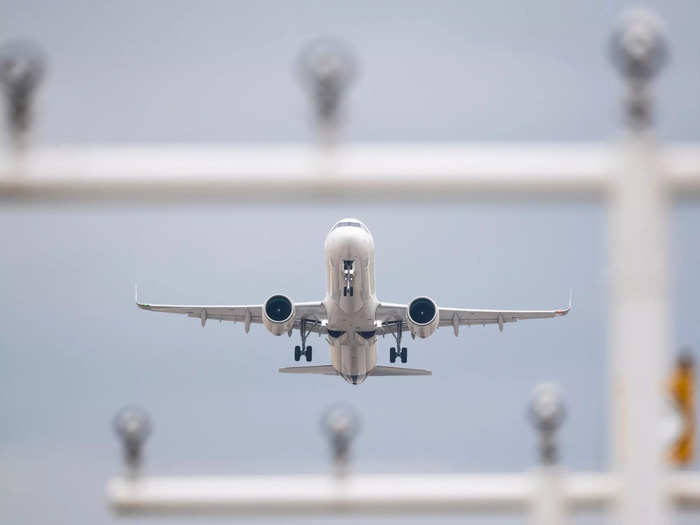
A Lufthansa airline plane takes off at Berlin Brandenburg Airport (BER). picture alliance/Getty Images
Source: ICAO
According to ICAO, there are five official freedoms of the air and four "so-called" rights, which are outlined in bilateral and multilateral treaties between countries.
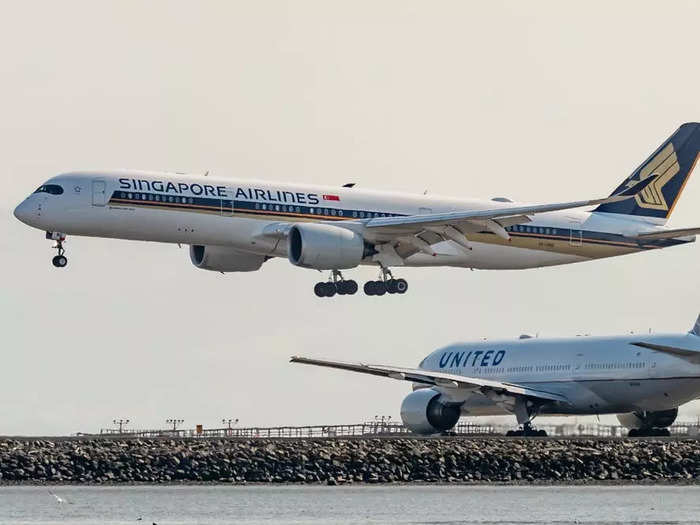
United Airlines and Singapore Airlines. J Hopwood/Shutterstock
Source: ICAO
The first freedom is the right of one country to grant airlines of another to fly in its airspace without landing, while the second allows landing in a foreign territory for "non-traffic purposes," like emergency landings.
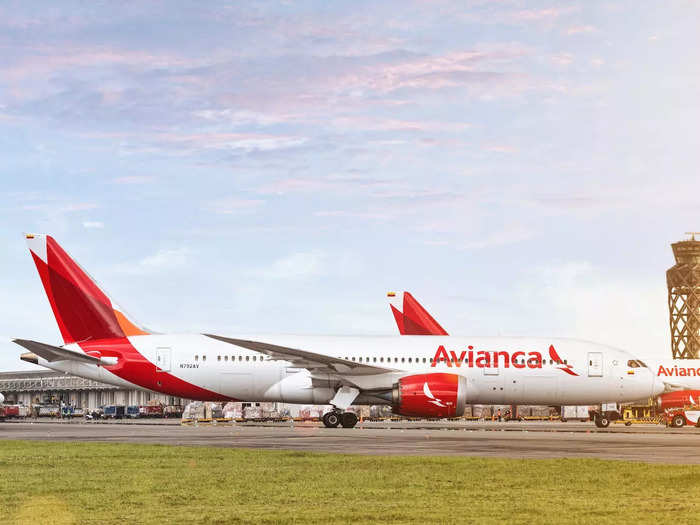
An Avianca flight from Bogota to London had to divert to Portugal due to an engine malfunction in September. Avianca
The third freedom grants a home airline of one nation to deliver passengers to another, and the fourth allows that carrier to transport passengers back.
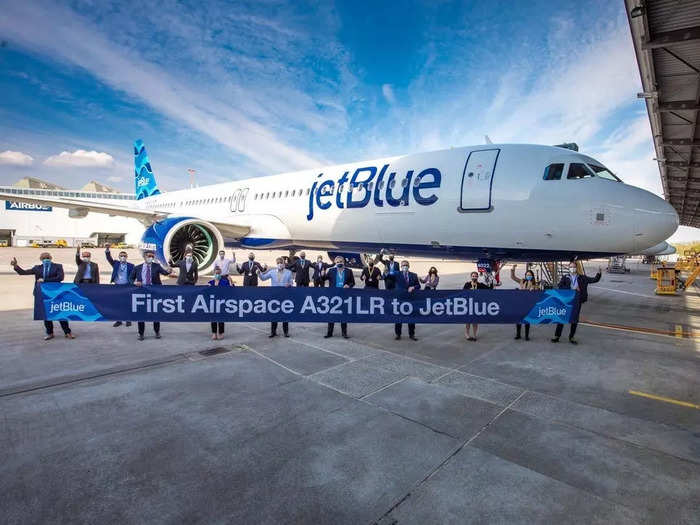
JetBlue Airways A321LR that flies between New York and Europe. These are the basic freedoms practiced by international airlines. Bengt Lange/Airbus
Source: ICAO
While the first four are pretty straightforward, the fifth freedom is one of the most interesting privileges and is the unique route I took from New York to Singapore in early January.
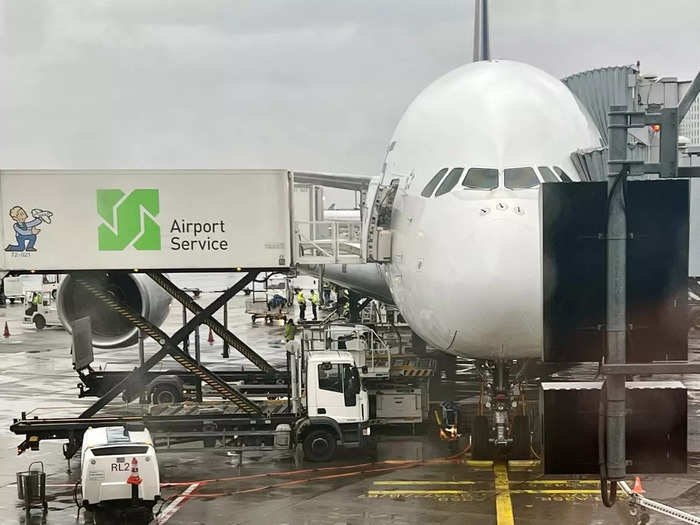
Taylor Rains/Insider
The fifth freedom of the air allows one nation's airline to transport passengers between two foreign countries without first traversing its own.
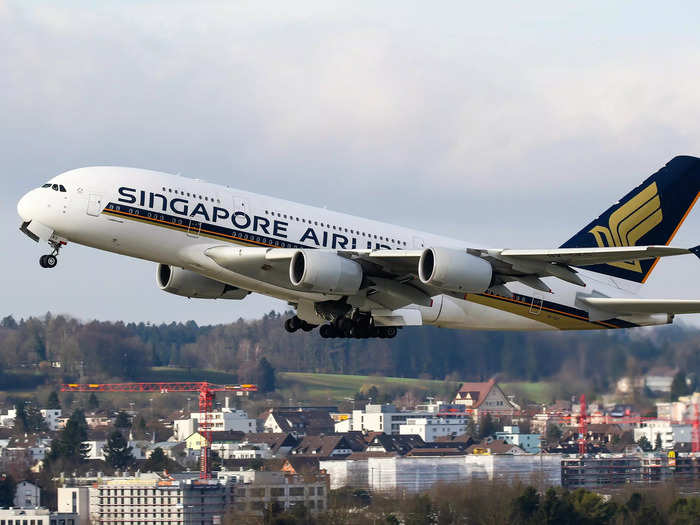
Singapore Airlines Airbus A380-800. SOPA Images/Contributor/Getty Images
Source: ICAO
In my case, I flew on Singapore Airlines' mammoth Airbus A380 from New York to the carrier's home nation, but first stopped in Frankfurt, Germany.
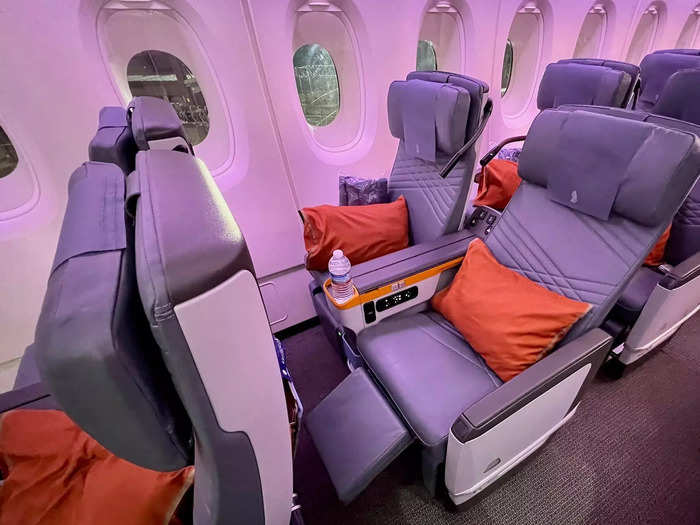
Singapore Airlines premium economy. Taylor Rains/Insider
The airline was allowed to drop off passengers in Frankfurt and pick up more to fly to Singapore. I noticed a lot of Germans on my flight headed to customs after landing.
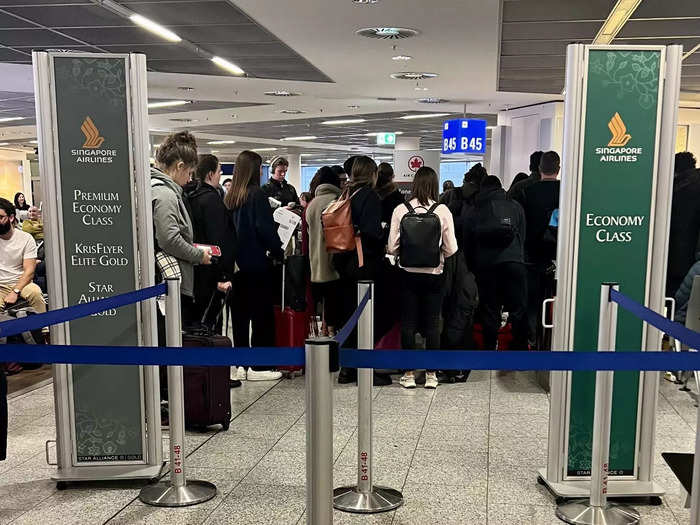
Singapore Airlines' premium economy and economy signs in Frankfurt airport. Taylor Rains/Insider
Even though I was continuing on to Singapore, I still had to disembark and reembark the jet — but I didn't have to reclear security.
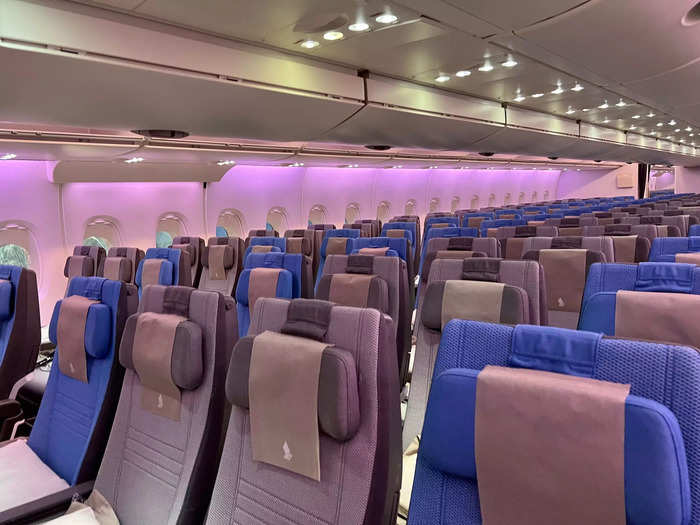
Singapore Airlines' A380 economy cabin. Taylor Rains/Insider
This is unlike some domestic flights in the US that allow passengers to stay onboard between cities, which is practiced by carriers like Southwest Airlines and Breeze Airways.
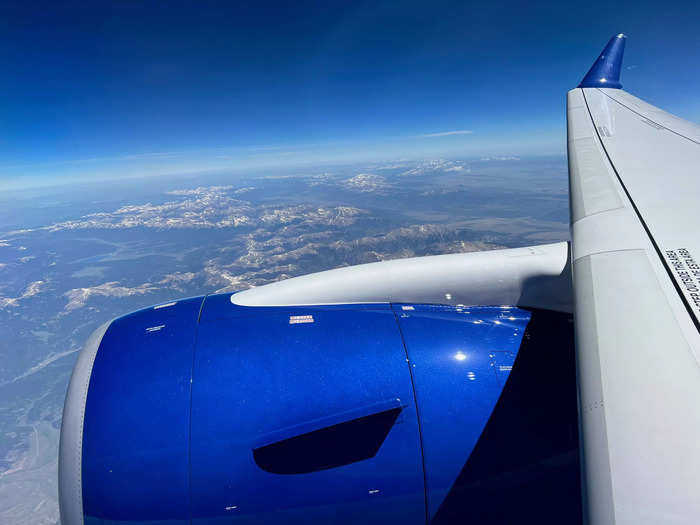
Domestic and international connections of this nature work differently due to customs and security regulations. Taylor Rains/Insider
Once I reboarded the aircraft on the second leg, I was seated next to a couple from France who did not originate in the US but were picked up by Singapore in Frankfurt.
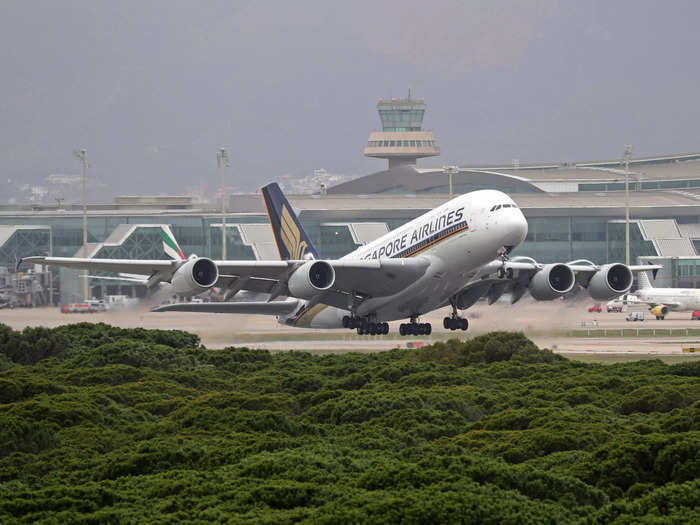
Singapore Airlines Airbus A380. Urbanandsport/NurPhoto/Getty Images
The unique freedom was not uncommon during the early days of air travel in which planes had to make multiple stops between nations.
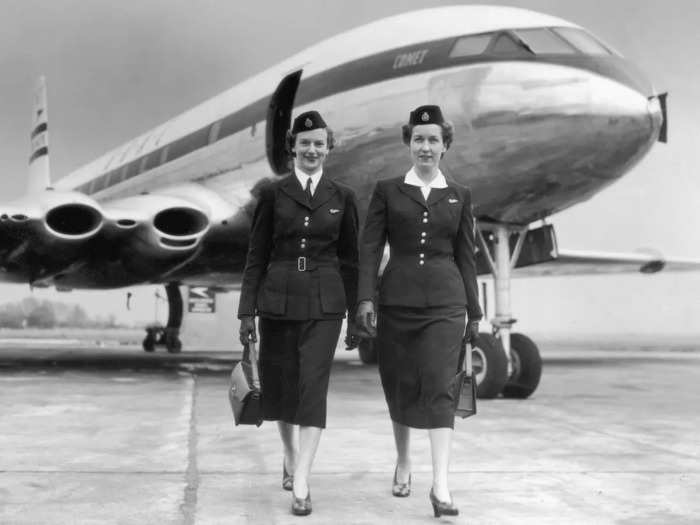
Hulton Archive/Getty Images
For example, during the Cold War when Russia did not allow foreign airlines to fly over its airspace, UK-based British Overseas Airways Corporation hopped from nation to nation for 36 hours to connect London and Tokyo.

BOAC would later become British Airways. Jimmy Wilds/Keystone/Hulton Archive/Getty Images
This allowed the carrier to circumvent Soviet territory, and stops included places like Rome, Italy, and Karachi, Pakistan.
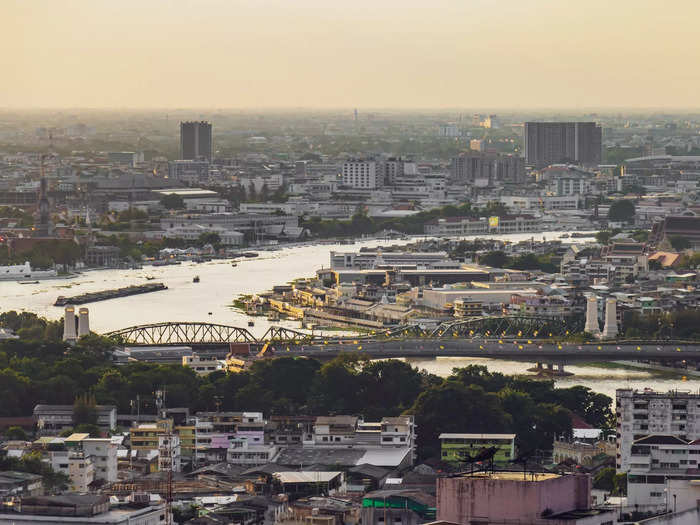
The refueling stops were also a second freedom to land in a nation for technical reasons. Marielle Descalsota/Insider
Source: Routes Online
With the rise of more fuel-efficient, long-haul planes, multi-stop journeys like BOAC's have become obsolete. But, there are still cases in which using the fifth freedom gives an airline more flexibility.
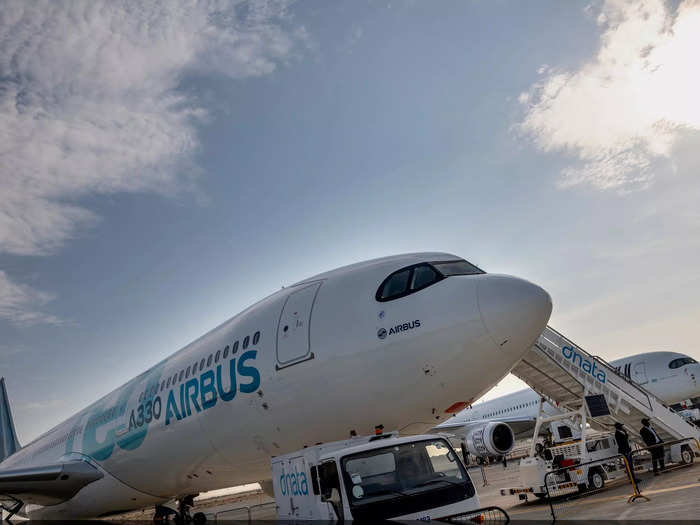
Airbus A330-900neo. Airbus
For example, Dutch flag carrier KLM Royal Dutch Airlines can carry passengers from Amsterdam to Santiago, Chile, via Buenos Aires, Argentina.
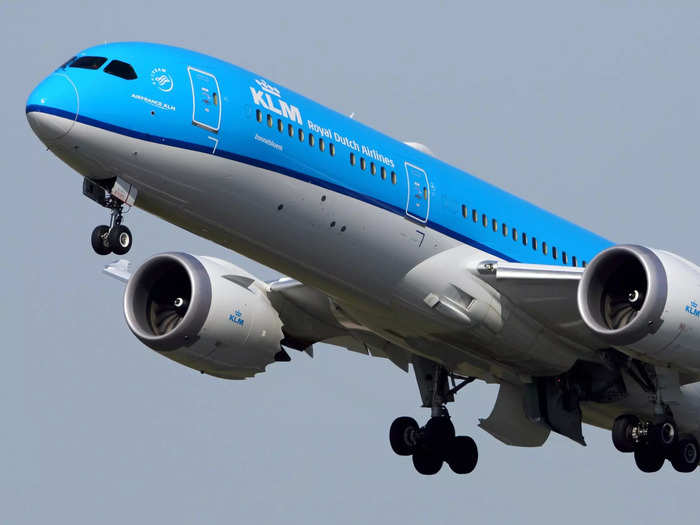
A KLM Boeing 787 Dreamliner, which is used for the route. Fasttailwind/Shutterstock.com
Source: CN Traveler
This routing allows the carrier to tap into two foreign markets while only having to operate one widebody plane across the Atlantic, and it generates more competition.
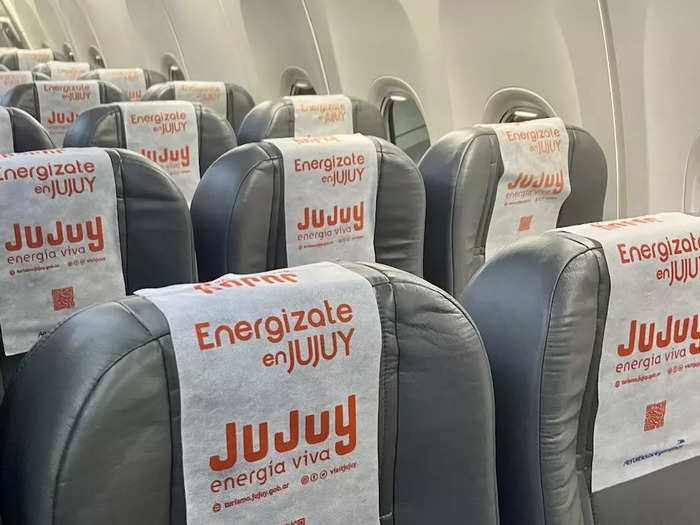
Inside an Aerolineas Argentinas Boeing 737, which competes with KLM on the Buenos Aires to Santiago route. Taylor Rains/Insider
Source: CN Traveler
There are several other fifth freedom privileges around the world, like Emirates' routing between Dubai and the US via Milan…
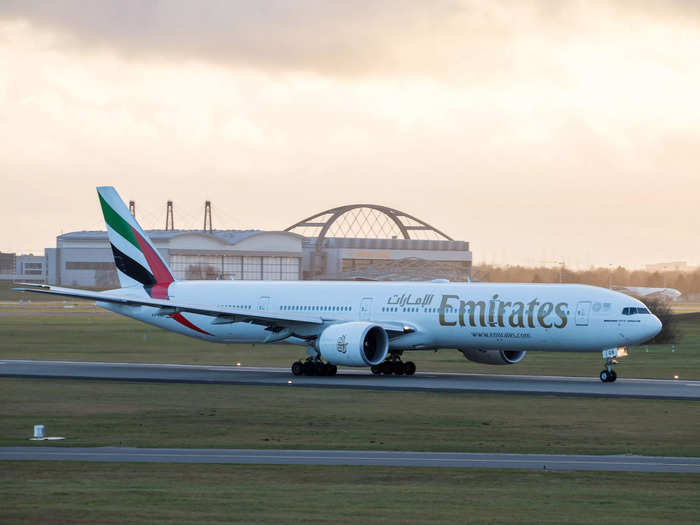
RikoBest/Shutterstock
…Air Tahiti Nui's one-stop route between Paris and Papeete via Los Angeles…
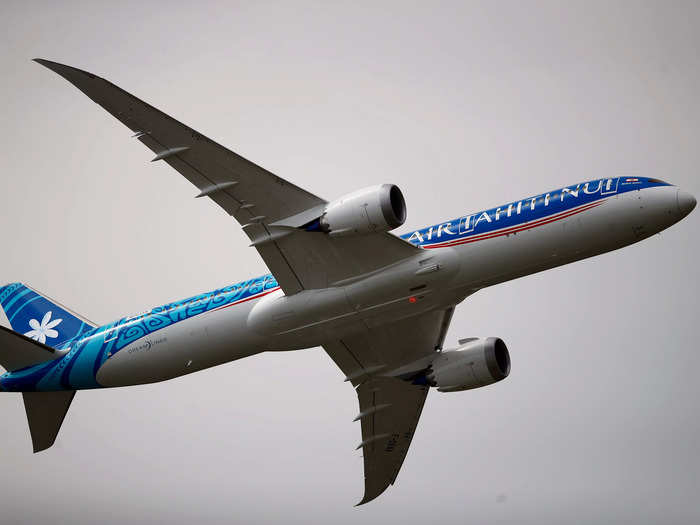
An Air Tahiti Nui Boeing 787 Dreamliner. Francois Mori/AP
Source: Air Tahiti Nui
…and Ethiopian Airlines' flight between the US and Addis Ababa via the West African nation of Togo. All of these give more options to travelers.
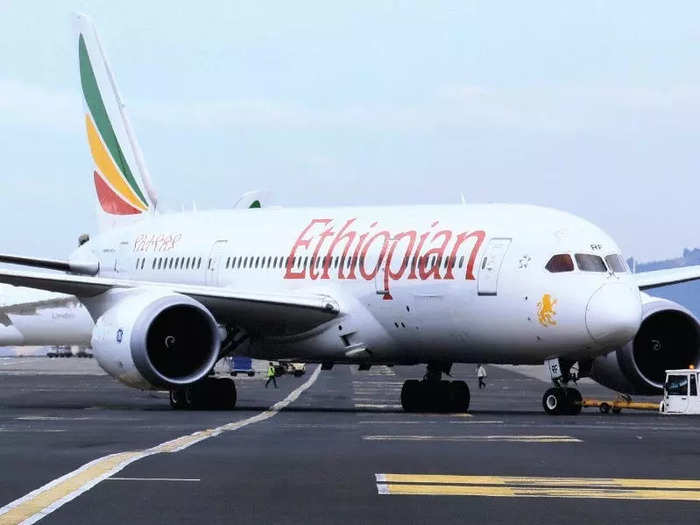
Ethiopian Airlines Ethiopian Airlines
Source: Ethiopian Airlines
However, many fifth freedom routes were suspended due to the pandemic, like United Airlines' connection between Hong Kong and Singapore, which it bought from Pan Am in 1985.
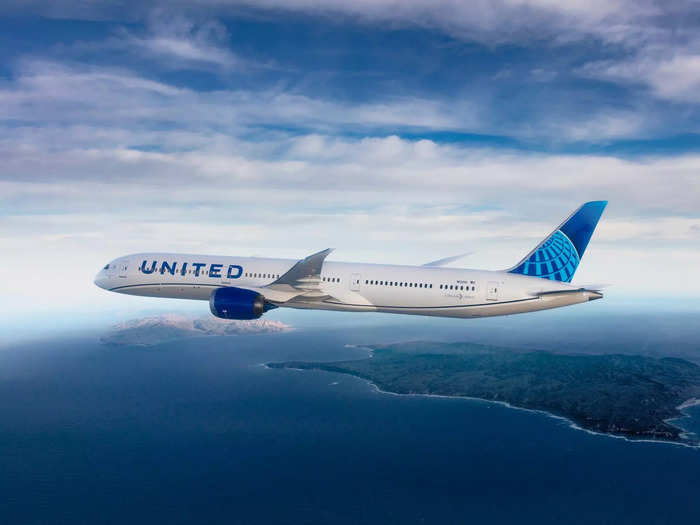
United Airlines
Source: Simple Flying, Business Traveller, New York Times
Beyond the fifth freedom of the air, which is probably the most interesting, there are the "unofficial" rights, numbered six through nine.
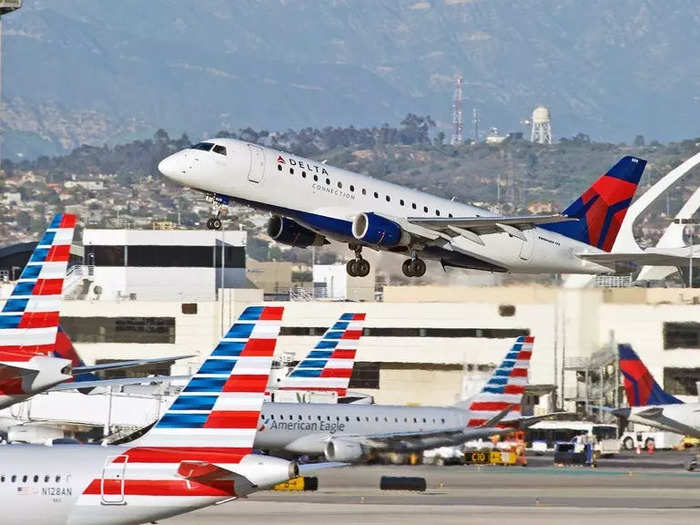
Philip Pilosian/Shutterstock
The sixth allows one airline to transport passengers between two foreign nations via its own country — which is common with hubs.
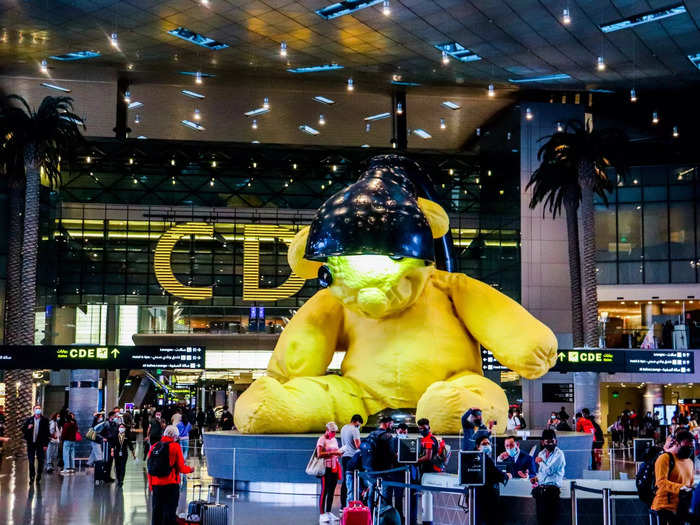
Doha, Qatar's Hamad International Airport, which is the hub for Qatar Airways. Thomas Pallini/Insider
For example, Emirates connects customers from Australia to the US via Dubai, while United can connect passengers from Europe to South America via Houston.
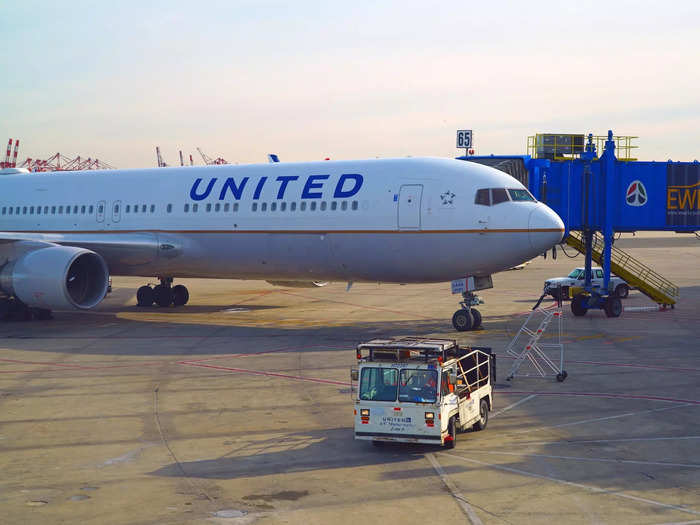
United 767. EQRoy/Shutterstock
The seventh gets a little more complicated but is an agreement between two countries to transport people or cargo between third states, even if the carrier's own home nation isn't a starting, stopping, or layover point.
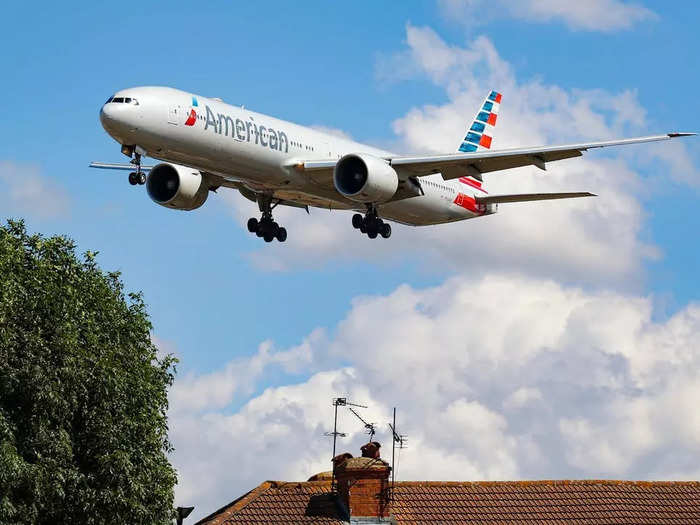
American Airlines 777-300ER. Nik Oiko/SOPA Images/LightRocket via Getty Images
The US and Colombia recently expanded their treaty to allow this for cargo, meaning a US-based carrier's aircraft with allowance to operate in Colombia could fly directly to Brazil or Chile from Bogota, for example.
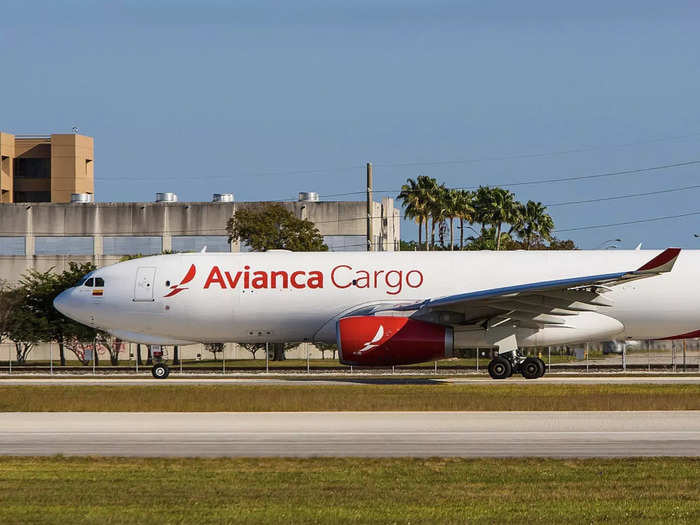
Avianca Cargo A330F. Joao Carlos Medau/Flickr
Source: ch-aviation
The last two rights allow an airline to operate a domestic flight in a foreign country with or without flying to or from its home nation as well.
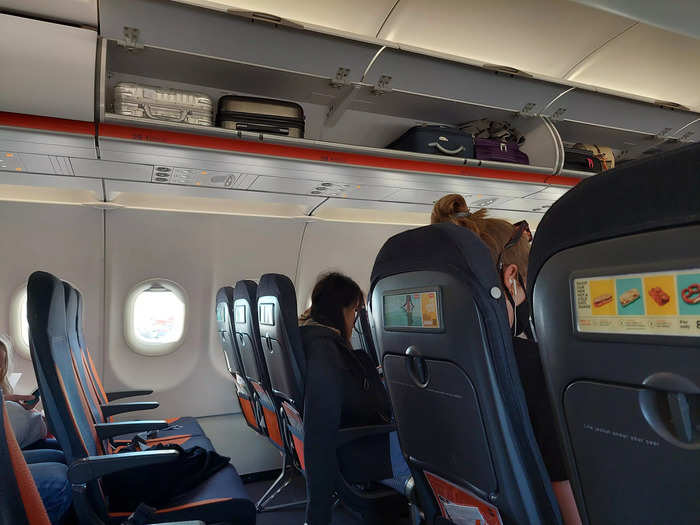
The eighth freedom allows this only if the plane is flying to or from its home nation as well, while the ninth allows it without the stop. Pictured is the interior of an easyJet plane that operates these types of routes. Grace Dean/Insider
These are most common in places like the European Union or in New Zealand and Australia in which a "single aviation market" is created and allows several countries to operate under one umbrella of airspace.
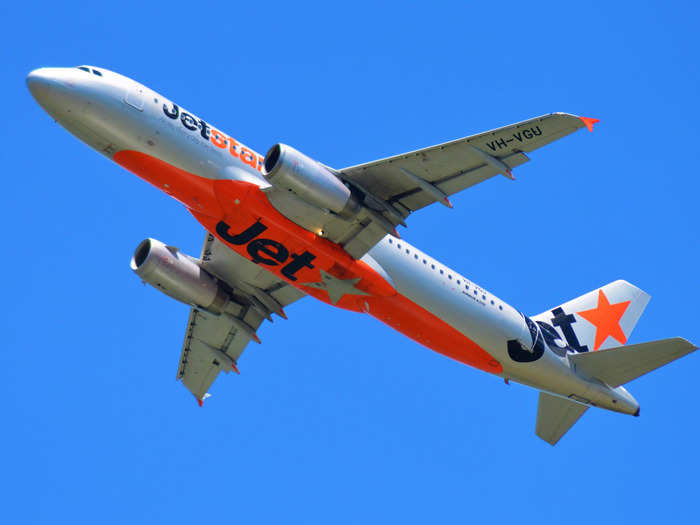
Australian low-cost carrier Jetstar operates domestic routes in New Zealand as a trans-Tasman service. iStock
This is why Irish low-cost carrier Ryanair can fly domestic routes in Italy or open a base in France.
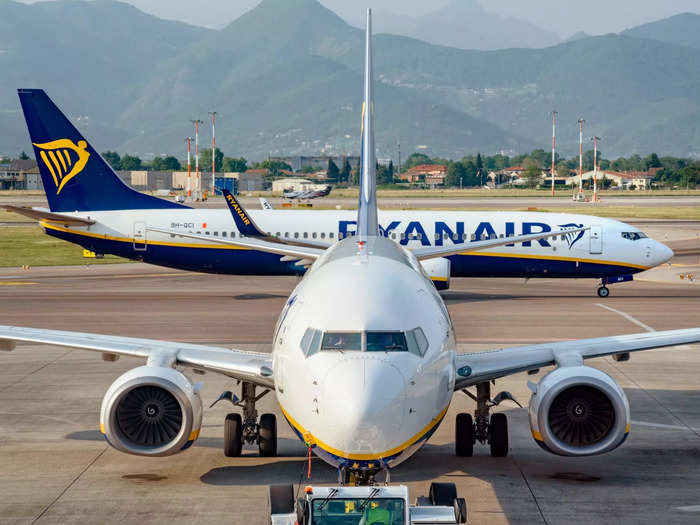
Stefano Garau/Shutterstock
Though, this cabotage is rare outside these established corridors — and is actually illegal in the US — as governments want to ensure their own airlines do not lose customers to foreign competition.

Delta Air Lines at JFK. Ron Adar/Shutterstock
Source: Cornell Law School
For example, African carrier Air Senegal taps into its eighth freedom by operating a flight between its capital of Dakar and Baltimore via New York, but it cannot sell tickets for the flight between the two US cities.
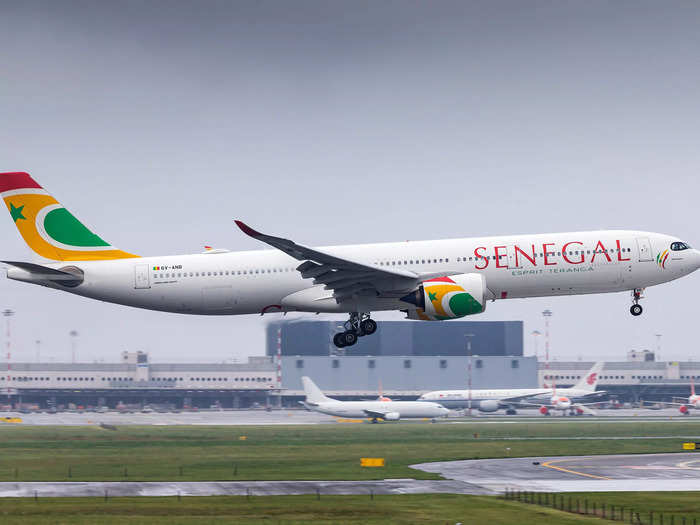
Air Senegal Airbus A330-900neo Davide Calabresi/Shutterstock
Popular Right Now
Popular Keywords
Advertisement